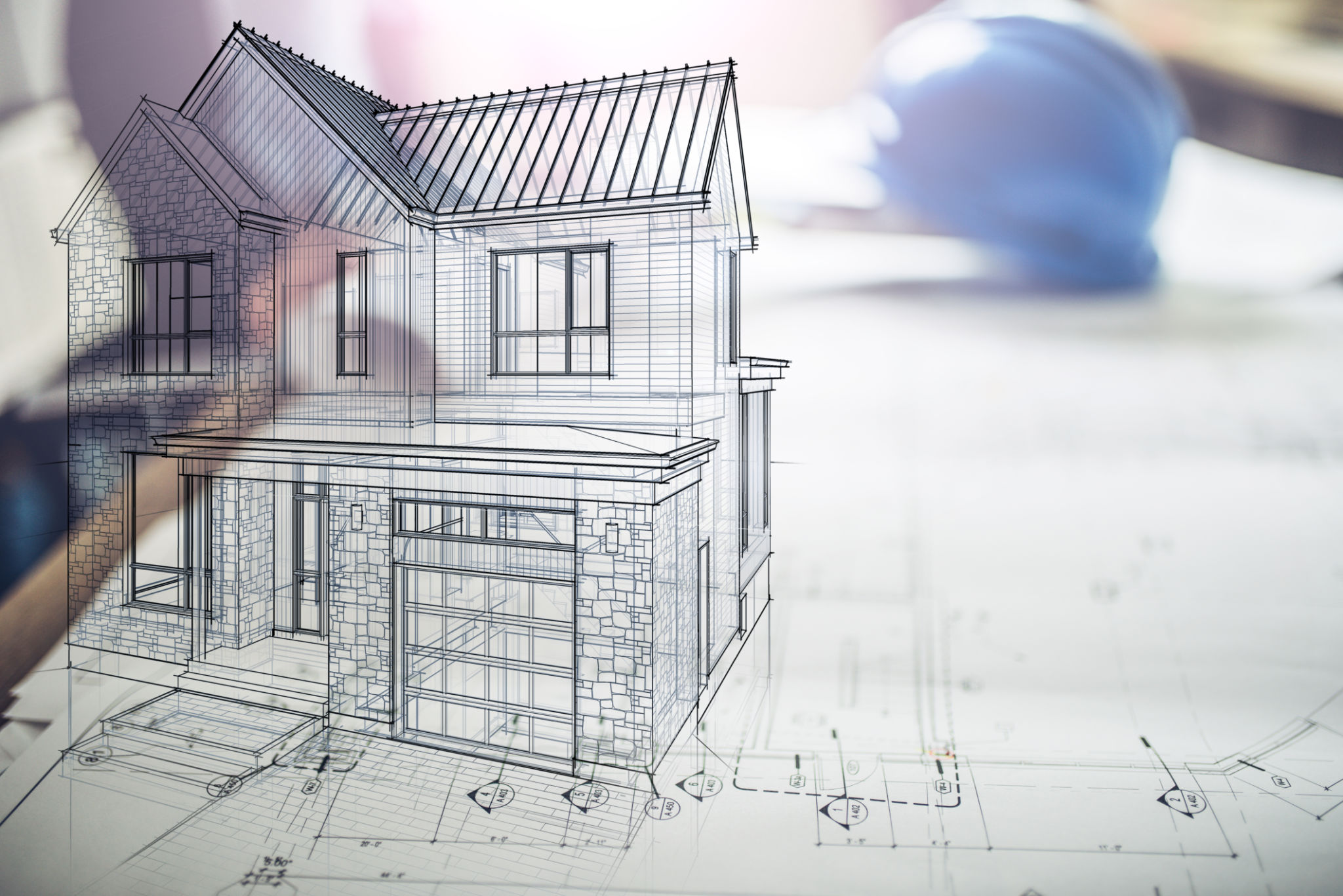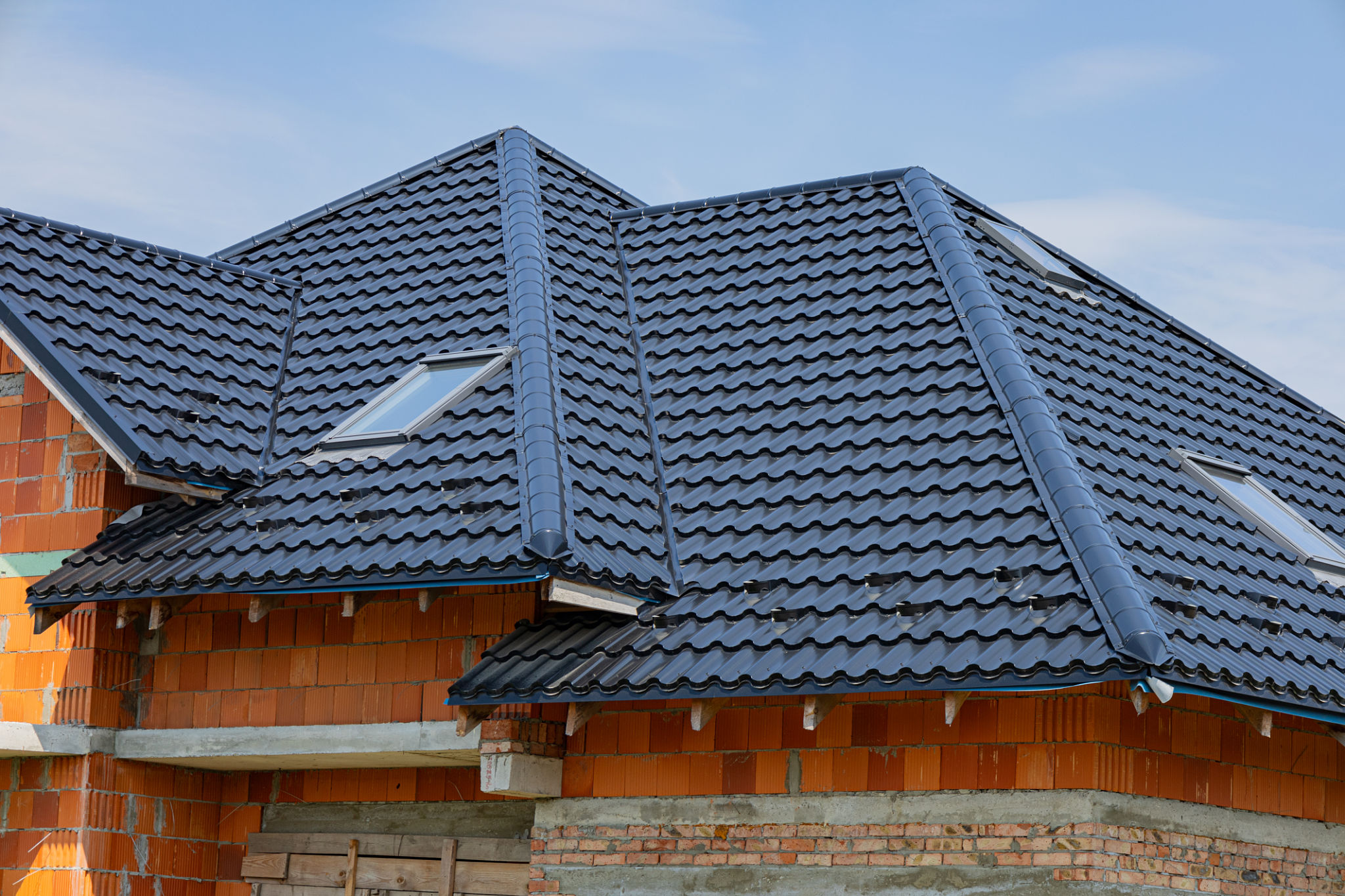Case Study: Successful Structural Renovation in a Historic Los Angeles Building
Introduction to the Project
In the vibrant city of Los Angeles, a historic building stands as a testament to architectural magnificence and cultural heritage. However, time had taken its toll, and a structural renovation was imperative to preserve its legacy while maintaining its original charm. This case study explores the meticulous renovation journey that transformed this aged edifice into a safe, functional, and visually appealing landmark.

Understanding the Challenges
Renovating a historic building is no small feat. The project faced numerous challenges, from adhering to preservation laws to ensuring structural integrity without compromising historical elements. The building's fragile state required a delicate balance between restoration and modernization.
Key challenges included:
- Maintaining historical aesthetics
- Ensuring compliance with modern safety standards
- Addressing structural weaknesses
- Integrating modern amenities
The Renovation Plan
The renovation plan was devised with a clear focus on preserving the building's historical essence. A team of skilled architects, engineers, and historians collaborated to create a comprehensive blueprint. The plan encompassed advanced techniques and materials designed to enhance durability while respecting the original design.

Execution of Structural Improvements
The execution phase was marked by precision and attention to detail. Engineers reinforced the building's foundation using cutting-edge technology that ensured stability without altering its appearance. This involved innovative approaches such as underpinning and steel bracing, which fortified the structure against seismic activities common in Los Angeles.
At the same time, original elements like ornate plasterwork, vintage tiles, and unique woodwork were carefully restored to their former glory. Each piece was meticulously cleaned, repaired, or replicated to match the historical specifications.

Modernizing While Preserving
One of the most significant aspects of the renovation was integrating modern amenities seamlessly into the historic framework. This included installing energy-efficient systems, such as HVAC and lighting, that met current sustainability standards. The challenge was to do so without detracting from the building's historical character.
The architects cleverly concealed modern elements within the traditional design, ensuring that technological advancements enhanced rather than overshadowed the building’s charm.
The Outcome and Impact
The successful completion of this structural renovation has not only preserved a vital piece of Los Angeles' history but also revitalized it for future generations. The building now stands as a model for sustainable preservation practices in urban environments.

The project has attracted attention from preservationists and architects worldwide, serving as an inspiration for similar ventures. By bridging the past with the present, this renovation underscores the importance of maintaining cultural heritage while embracing modern advancements.
Conclusion
This case study highlights the intricate process and thoughtful execution required in renovating historic structures. It showcases how innovation and preservation can coexist harmoniously, resulting in a successful transformation that honors both history and contemporary needs. As cities continue to evolve, such projects remind us of the value in preserving our architectural legacies for future generations to appreciate and enjoy.